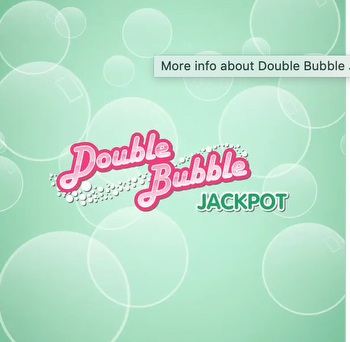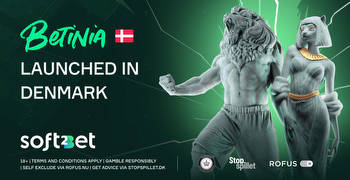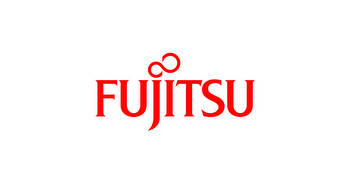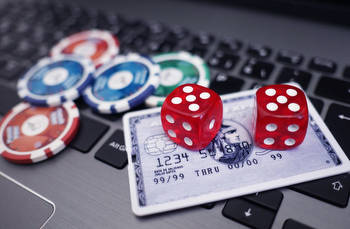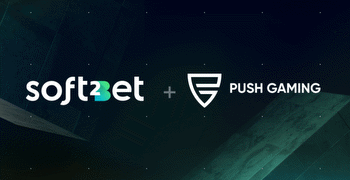The gamification of retail: drawing inspiration from online platforms
In the changing digital environment, retail has been shifting its focus. No longer are the traditional methods the only viable strategies for retailers. Instead, there’s a lean towards strategies that take cues from online platforms, especially those that have mastered the art of engaging their users. One of the standout strategies here is the concept of gamification. Delving deep into its essence and potential applications in retail can offer a fresh perspective for brands looking to rejuvenate their approach.
The core of gamification in retail
Gamification is the integration of game elements in non-gaming environments. In the retail domain, it’s about integrating these elements to enhance the customer experience, drive loyalty, and, ultimately, boost sales. By introducing a level of interactivity and competition, retailers can create a more engaging shopping environment. This novel approach can set a brand apart, creating a unique retail experience that encourages repeat visits and builds a positive, playful connection between consumers and the brand.
Online platforms paving the way
Several online platforms have set the benchmark for effective gamification. Think of platforms like Duolingo, which turned language learning into a game where users complete lessons, compete in leaderboards, and earn badges. Or even Starbucks, with its rewards app, where purchasing products can lead to stars that eventually yield free items.
Retailers can draw a leaf out of Duolingo’s book by creating point systems for every interaction customers have with their brand. Starbucks, on the other hand, offers a blueprint on how to effectively tie purchase behaviors to gamified rewards, ensuring customers return.
Another noteworthy mention is Nike. Their Running Club app turns every run into a game. Users can track their progress, set challenges, and even engage in virtual races. By intertwining the product (running shoes) with a gamified experience, Nike has managed to create a community of loyalists.
In a similar vein, the realm of online Bingo gamification is fast becoming a domain where innovation thrives. With the integration of popular variants like the 75 balls in play, platforms can offer an enriched gaming experience drawing parallels with the thrilling anticipation found in traditional Bingo halls. This form of gamification encapsulates a perfect blend of familiarity and novelty. Players can partake in progressive challenges, leaderboard competitions, or in-app purchases, merging the exhilarating Bingo spirit with modern-day gamification elements.
Benefits and implementation
Adopting gamification in retail does more than just drive sales. It creates memorable experiences. When customers associate positive and enjoyable memories with a brand, it fosters loyalty. These gamified experiences can offer deep insights into consumer behavior, preferences, and pain points.
Brands can start by identifying which customer actions are most valuable to them. Is it sharing product information on social media? Is it spending a certain amount of time on their website? Or is it attending their in-store events? Once these actions are mapped out, brands can assign points or rewards to each of these actions.
Then comes the critical part, communication. It’s essential that customers understand the game rules, how they can earn points, and what the rewards are. Transparency is key. Leveraging in-store signage, email campaigns, mobile apps, or staff can be effective ways to communicate these gamified systems to customers.


















